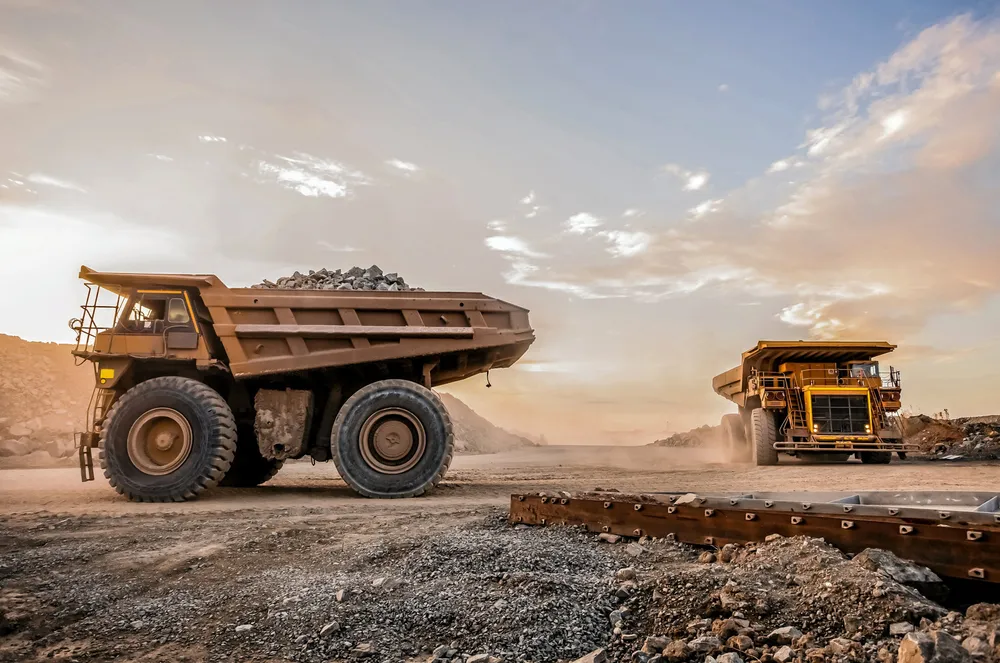Hydrogen and raw materials | 'Cost of alkaline electrolysers set to fall this year, but PEM machines may get more expensive'
However, technology improvements in PEM catalysts will reduce prices over the long term, says Rystad Energy

However, technology improvements in PEM catalysts will reduce prices over the long term, says Rystad Energy
